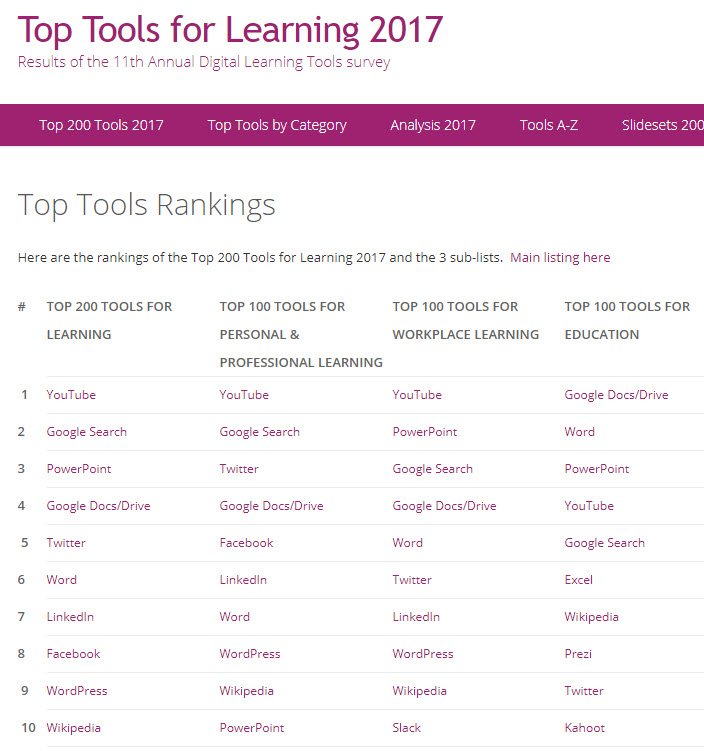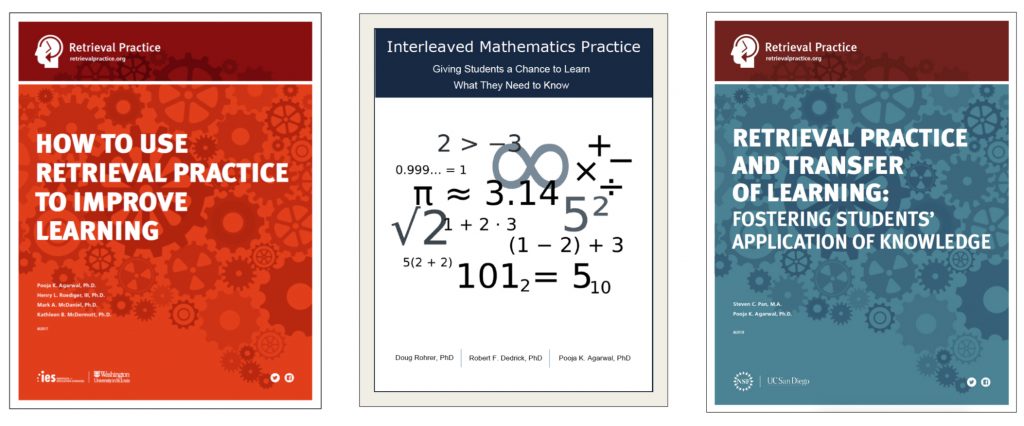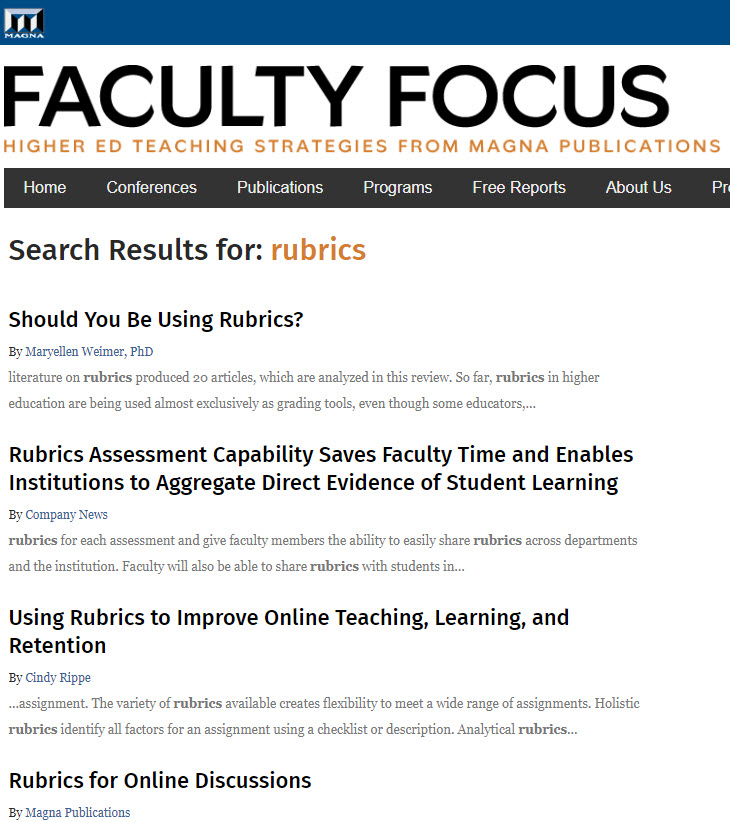Experiences in self-determined learning — a free download/PDF file from uni-oldenburg.de by Lisa Blaschke, Chris Kenyon, & Stewart Hase (Eds.)
Excerpts (emphasis DSC):
An Introduction to Self-Determined Learning (Heutagogy)
Summary
There is a good deal that is provocative in the theory and principles surrounding self-determined learning or heutagogy. So, it seems appropriate to start off with a, hopefully, eyebrow-raising observation. One of the key ideas underpinning self-determined learning is that learning, and educational and training are quite different things. Humans are born to learn and are very good at it. Learning is a natural capability and it occurs across the human lifespan, from birth to last breath. In contrast, educational and training systems are concerned with the production of useful citizens, who can contribute to the collective economic good. Education and training is largely a conservative enterprise that is highly controlled, is product focused, where change is slow, and the status quo is revered. Learning, however, is a dynamic process intrinsic to the learner, uncontrolled except by the learner’s mental processes. Self-determined learning is concerned with understanding how people learn best and how the methods derived from this understanding can be applied to educational systems. This chapter provides a relatively brief introduction of the origins, the key principles, and the practice of self-determined learning. It also provides a number of resources to enable the interested reader to take learning about the approach further.
Contributors to this book come from around the world: they are everyday practitioners of self-determined learning who have embraced the approach. In doing so, they have chosen the path less taken and set off on a journey of exploration and discovery – a new frontier – as they implement heutagogy in their homes, schools, and workplaces. Each chapter was written with the intent of sharing the experiences of practical applications of heutagogy, while also encouraging those just starting out on the journey in using self-determined learning. The authors in this book are your guides as you move forward and share with you the lessons they have learned along the way. These shared experiences are meant to be read – or dabbled in – in any way that you want to read them. There is no fixed recipe or procedure for tackling the book contents.
…
At the heart of self-determined learning is that the learner is at the centre of the learning process. Learning is intrinsic to the learner, and the educator is but an agent, as are many of the resources so freely available these days. It is now so easy to access knowledge and skills (competencies), and in informal settings we do this all the time, and we do it well. Learning is complex and non-linear, despite what the curricula might try to dictate. In addition, every brain is different as a result of its experience (as brain research tells us). Each brain will also change as learning takes place with new hypotheses, new needs, and new questions forming, as new neuronal connections are created.
Heutagogy also doesn’t have anything directly to do with self-determination theory (SDT). SDT is a theory of motivation related to acting in healthy and effective ways (Ryan & Deci, 2000). However, heutagogy is related to the philosophical notion of self-determinism and shares a common belief in the role of human agency in behavior.
The idea of human agency is critical to self-determined learning, where learning is learner-directed. Human agency is the notion that humans have the capacity to make choices and decisions, and then act on them in the real world. However, how experiences and learning bring people to make the choices and decisions that they do make, and what actions they may then take is a very complex matter. What we are concerned with in self-determined learning is that people have agency with respect to how, what, and when they learn. It is something that is intrinsic to each individual person. Learning occurs in the learner’s brain, as the result of his or her past and present experiences.
The notion of placing the learner at the centre of the learning experience is a key principle of self-determined learning. This principle is the opposite of teacher-centric or, perhaps more accurately curriculum-centric, approaches to learning. This is not to say that the curriculum is not important, just that it needs to be geared to the learner – flexible, adaptable, and be a living document that is open to change.
Teacher-centric learning is an artifact of the industrial revolution when an education system was designed to meet the needs of the factories (Ackoff & Greenberg, 2008) and to “make the industrial wheel go around” (Hase & Kenyon, 2013b). It is time for a change to learner-centred learning and the time is right with easy access to knowledge and skills through the Internet, high-speed communication and ‘devices’. Education can now focus on more complex cognitive activities geared to the needs of the 21st century learner, rather than have its main focus on competence (Blaschke & Hase, 2014; Hase & Kenyon, 2013a).















